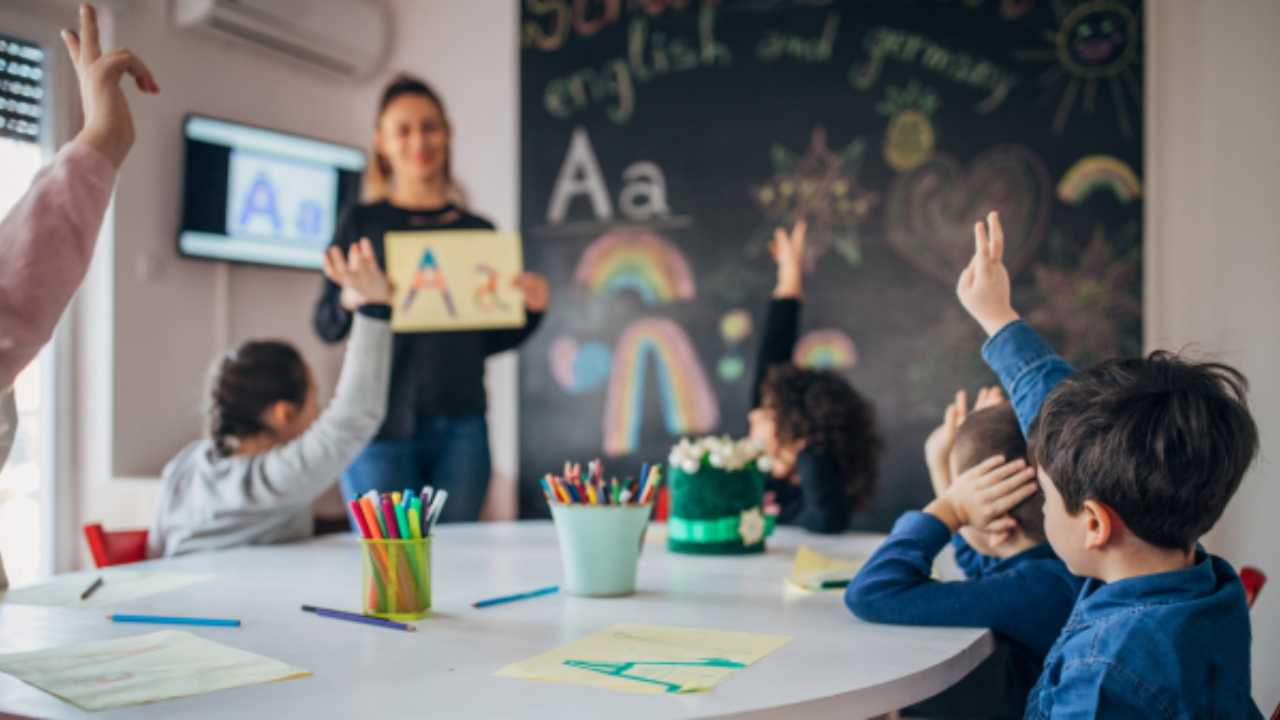9 Practical Tips to Bridge Language and Literacy in Your Orton-Gillingham Lessons

We know that language is a vehicle for learning. Everything we do in education is connected to language. Whether it is instructions in math and science, ELA classes, literacy learning, and intervention, language plays an important role in learning about the world around us and how we interact with academics.
But, what is the connection between language and literacy? And, what does this mean for our Structured Literacy and Orton-Gillingham lessons? What should we, as educators, be mindful of when planning our lessons to bridge oral and written language?
What is the connection between language and literacy?
Language is at the root of all learning. If a child can not understand or make sense of what we are saying, they are going to face challenges to learning.
Researchers agree that reading is a language-based skill and that the relationship between oral language and reading is reciprocal. Language and literacy influence each other, but they are not the same. Oral language is natural and learning to read and write is not. Because of that, we have to be mindful of the oral language underpinnings of literacy.
There are three major, interactive components governed by a set of rules that together compose the language:
- Form: This includes the rules for combining sounds (phonology), structuring words (morphology), and ordering words in sentences (syntax).
- Content: This, also known as semantics, is the meaning component of language.
- Use: This, often called pragmatics, involves a set of rules that dictates communication behavior in our language intentions, reasons, codes of communication, and discourse.
What does this mean for your Structured Literacy and Orton-Gillingham intervention lessons?
There are a few things to keep in mind when planning your intervention lessons:
- Know your student: As teachers, we must constantly ask and reflect on “Who is this child?” and “How must I teach?”
- Use clear and concise language: Understand the impact of language used by teachers on students.
- Be aware of teacher language: Consider what, how, and why we say certain things in a lesson and how that can impact student learning. Offer language at the level of the student to help bridge language gaps.

Here are Nine Practical Tips to Bridge Language and Literacy in Your Orton-Gillingham Lessons:
1. Use of modeling and visuals.
Using modeling and matching it with appropriate visuals allows our students to have conversations about their work. This provides a bridge from oral language to written language.
2. Pose questions that open discussion around content area vocabulary.
Structure your conversations by asking questions that will lead to vibrant discussions. Bringing words to life will help students develop better usage and understanding of content area vocabulary.
3. Work with different sentence types.
Expand on sentences either orally or in written form. For example, with a decodable sentence like, “Tim ran up the hill.” you can ask a student to expand orally with, “because…”
4. Embed grammar into controlled text.
Ask students to identify or color-code. Look at certain suffixes and discuss how they dictate the part of speech.
5. Create semantic webs.
This is especially useful when working with multiple-meaning words. Have students look at the phonology, spelling, morphology pieces, and how it is used. Semantic webs can really aid your students in expanding their vocabulary knowledge.
6. Monitor and clarify understanding.
Take time to discuss the different meanings expressions can have. There are going to be passages or phrases in stories that will need clarification. You can preview a book ahead of time and pull out the sections or phrases that you foresee your student struggling with.
7. Weave in shades of meaning activities.
These are great activities for working with more words than basic vocabulary. These activities are really powerful and we love to use them, especially, with older students when revising and editing their writing.
8. Practice language and syntax.
Deconstructing sentences or using sentence scrambles are a great way to practice language and syntax. It’s also a great rereading and fluency exercise!
9. Graphic organizers for story elements.
Be mindful of what graphic organizers you’re using in your lessons. Graphic organizers for story elements can really help our students with the language they need for retelling. These are also great for teaching summarizing strategies.
For our full conversation on how we speak about dyslexia, check out our latest episode of the Together in Literacy podcast. If you like what you hear, don’t forget to rate, leave a positive review, and subscribe!
Together In Literacy was created by Casey Harrison and Emily Gibbons.
To learn more about Casey and Emily's resources, please be sure to check out their websites. Thank you for supporting both of our small businesses. We greatly appreciate it!
- Casey's website: The Dyslexia Classroom
- Casey's TPT store
- Emily's website: The Literacy Nest
- Emily's TPT store
We officially have merch! Show your love Together in Literacy podcast with a t-shirt or sweatshirt!
Looking for strategies and resources?
Sign up for our newsletter for news, resources, and freebies delivered straight to your inbox.
We hate SPAM. We will never sell your information, for any reason.
